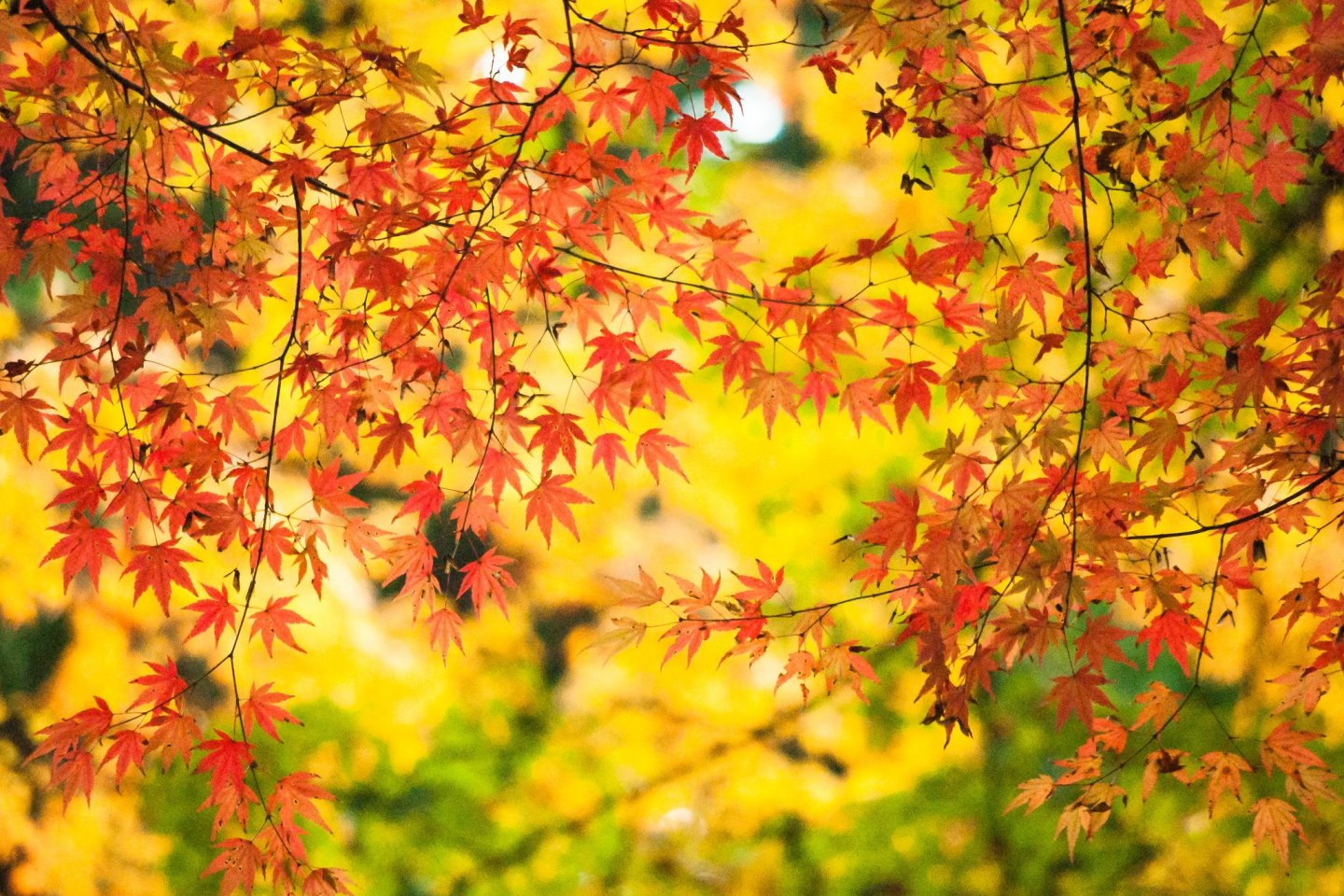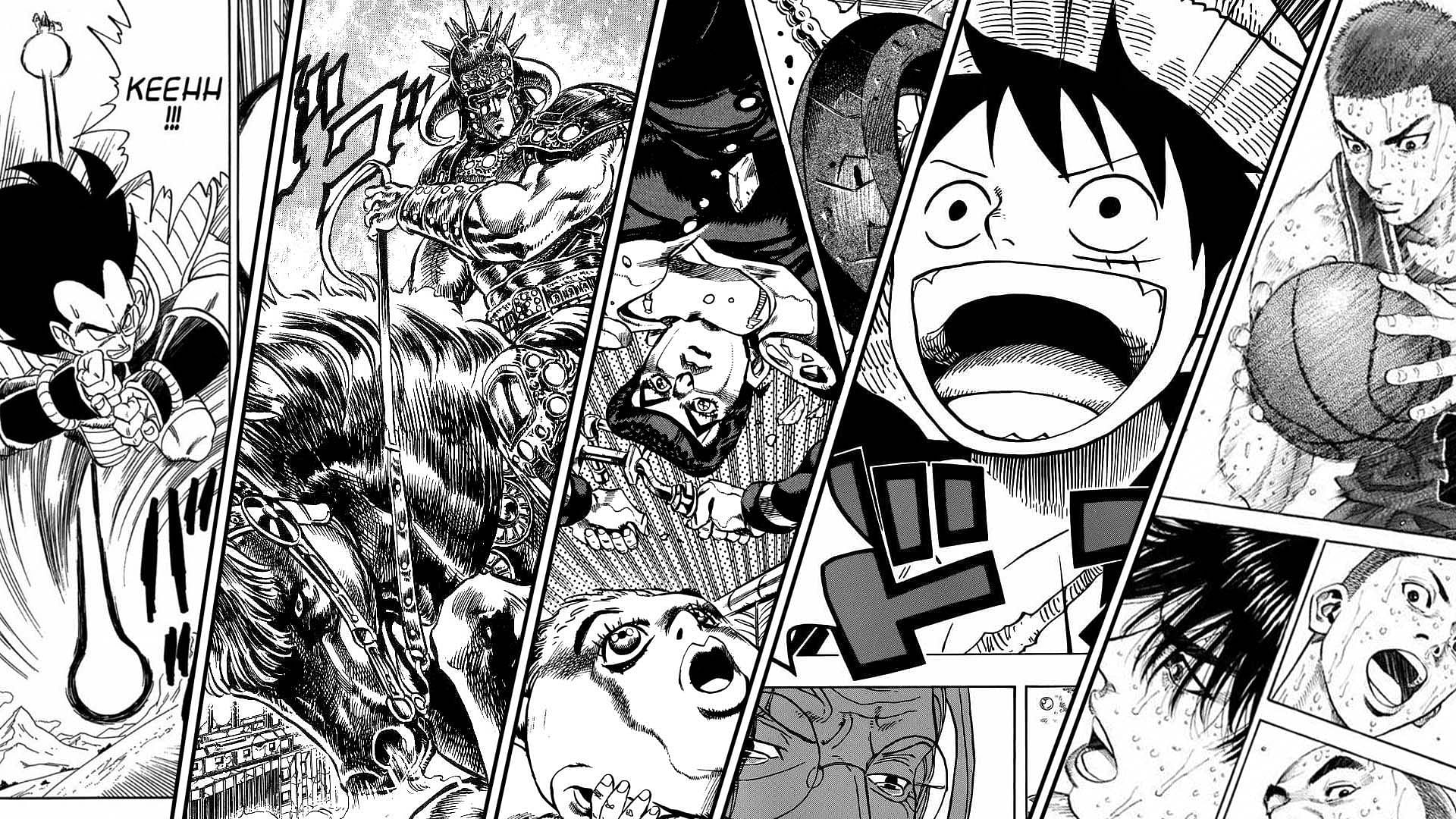Enjoying Kimono More Easily with New-Style Japanese Clothing

Kimono are Japan's national dress and many people today still love wearing them on special occasions, including long-sleeved kimono called furisode which are worn at coming-of-age ceremonies, and also the traditional male formal attire called montsuki haori hakama. Japan is proud of its traditional clothing (wasou), but how is this viewed today in more modern times?
Demystifying the Complexity of the Kimono to Make it More Accessible
"Traditional clothing takes a lot of time and effort to put on, and also has a lot of accessories. The kimono itself is expensive, and it takes time to measure and tailor it to suit the wearer. What's more, kimono also have different levels of formality attached to them, and some fabrics should only be worn during certain seasons, so there are many strict rules around which occasions or seasons they should be worn in. This is why some people try to get creative with their outfits and weave in new elements while still keeping in touch with a sense of Japanese culture," explains Tanaka Akira, who has experience as editor of a kimono specialist magazine, and writes extensively about traditional crafts and Japanese culture, including dyeing and weaving.
In recent years, manufacturers of traditional Japanese clothing have also adopted this new approach, which seems to be
helping them gain more and more fans of their.
In Japan's former capital Kyoto, where tradition is still well and truly alive, Japanese clothing companies that have
been involved in kimono since ancient times are offering a more casual brand of Japanese-style clothing. A
representative of the company, who wears kimono on a daily basis, said he was initially delighted to learn all about the
strict rules around wearing kimono. However, after seeing creative people daring to combine Western clothing with
kimono, he began wanting to create products that are more free and relevant to the times. So even in the world of
traditional industries, there are people who are trying to incorporate a sense of something new.

An example of a typical kimono. When the belt (obi) is tied, it creates a distinctive bulge on the wearer's back. (Photo courtesy of Kimono Factory nono / Masugi)
The kimono is a long dress with sleeves, which is wrapped around the body and secured with a wide belt, which is called an obi. When the obi is tied, it creates a distinctive large bulge on the wearer's back. However, this company has developed an obi that can be tied at the front like a ribbon. This means the back of the kimono is flat, making it easy for the wearer to sit on a chair that has a backrest.


This obi, produced by a Japanese-style clothing manufacturer in Kyoto, has a flat back and is adorned with a bow or a half knot on the front. (Photo courtesy of Kimono Factory nono / Masugi)

This casual obi only takes a short amount of time to put on. (Photo courtesy of Kimono Factory nono / Masugi)
The company is also offering a series of innovative products that can be easily worn by men. Behind this ambitious development is a flexible way of thinking that, although people previously enjoyed the rules that accompany Japanese-style clothing, there are also people who do not enjoy this aspect, who should be allowed to enjoy Japanese-style clothing in their own unique ways.


A samue jacket. A typical samue (monks' work clothes) consists of a top and bottom halves made of the same cloth, but this is just the top half. It can be worn in both a Western style and a Japanese style. (Photo courtesy of Kimono Factory nono / Masugi)

Traditional samue.



This leather belt eliminates the need for men to tie an obi. It features a buckle, meaning it can be fastened just like a Western-style belt. (Photo courtesy of Kimono Factory nono / Masugi)
Contemporary Items Inspired by Japanese Culture That Give Outfits a New Esthetic
In addition to kimono, other items for Japanese-style clothing with a similarly new esthetic are now available. Even an umbrella store that has been making and selling wagasa (Japanese-style umbrellas) for five generations is taking a new approach. A wagasa consists of oil-soaked washi (Japanese paper) on a bamboo frame. Western-style umbrellas usually have 8 to 12 ribs, whereas some Japanese-style umbrellas have 40 or more ribs.

A traditional Japanese-style umbrella. The photo shows an umbrella called a jya no mé gasa (snake-eye umbrella), which is used for going out and about. (Photo courtesy of Hiyoshiya)
This wagasa store has developed products that incorporate more modern materials while keeping the mood and manufacturing techniques of Japanese-style umbrellas. The frame is bamboo, and the fabric is water-repellent polyester for the outer layer and polypropylene for the inner layer. The emphasis was on making these new wagasa compact and easy to carry while retaining the aura of a Japanese-style umbrella. They can be freely combined with not only Japanese-style clothing, but with Western-style clothing, too. They can accompany a kimono to add a stylish flair, or equally add a touch of sophistication when paired with Western-style clothing.


This newly developed umbrella is 70 cm (approx. 2.3 ft) in length during use, but can be shortened to 54 cm (approx. 1.8 ft) for easy carrying. Except for the fabric parts, it is made entirely from bamboo, which is environmentally friendly as the frame can be repaired if needed. Designed by a Swiss designer who has an intimate knowledge of the characteristics of bamboo. (Photo courtesy of Hiyoshiya/ryoten)

Folded umbrella. To the right is its packaging made of bamboo. (Photo courtesy of Hiyoshiya/ryoten)
Besides umbrellas, there are many other modern products, such as scarves and bags that make the most of a Japanese esthetic, giving a fresh feel to Japanese-style clothing.


Various products with this new esthetic are on offer, such as scarves and bags. (Photo courtesy of Kimono Factory nono / Masugi)
Japanese-Western Fusion
Today, some people choose to pair Western-style bags with kimono instead of Japanese-style bags. The custom of matching lace parasols, which originated in Western culture, with kimono is already well established. Tanaka takes an open-minded view of this change, as he sees how kimono customs have incorporated new styles to some degree, as a result of Western influence in the late 19th century: "In some contexts, such as at a Western-style restaurant or a modern party, combining a kimono with Western clothing items can look nice and sophisticated. Japanese-style clothing is also stylish. As long as it is not a formal occasion, you are free to enjoy them however you like."

A woman in Japanese-style clothing paired with a Western-style bag


At graduation ceremonies, some women wear hakama (a Japanese-style lower garment similar to a skirt) over the top of a kimono, paired with Western-style boots.
The way people enjoy Japanese-style clothing is changing with the times. Let's keep an eye out for new developments we're sure to see in the future.

